10 Animals That Could Technically Live on Other Planets
In the vast expanse of the universe, Earth stands out as a cradle of life, teeming with an incredible array of organisms. As humanity sets its sights on the stars, pondering the potential of colonizing other planets, scientists and explorers consider which Earth species might accompany us on this cosmic journey. This article delves into the fascinating world of animals with unique adaptations, making them potential candidates for survival on extraterrestrial terrains. From the hardy tardigrade to the adaptable octopus, we will explore how these creatures could thrive beyond Earth, contributing to our understanding of life in the cosmos.
1. Tardigrades: The Ultimate Survivors
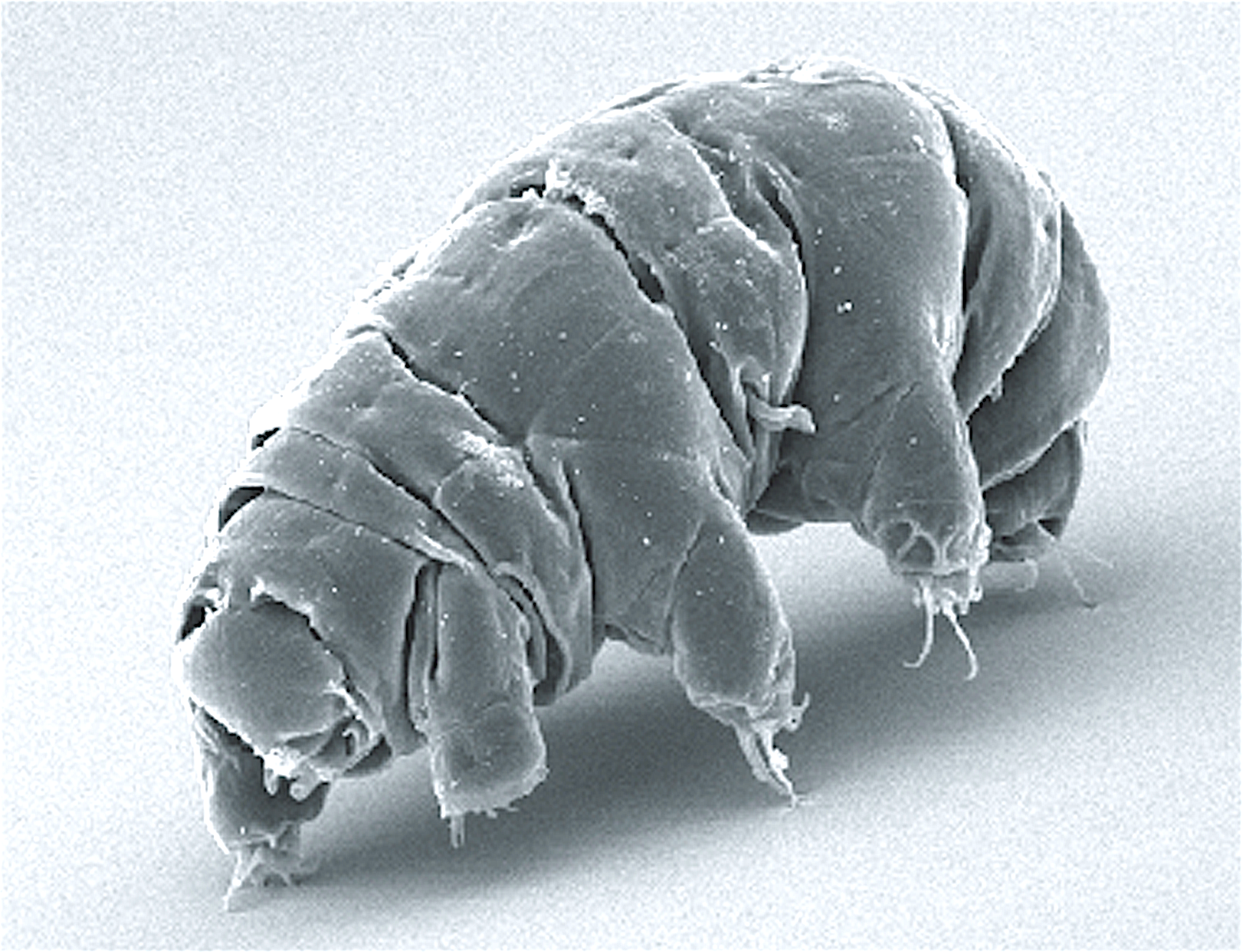
Tardigrades, known as water bears, are microscopic creatures renowned for their resilience. These tiny invertebrates can withstand extreme temperatures, radiation, and even the vacuum of space. Their ability to enter a cryptobiotic state, essentially pausing their metabolism, allows them to survive in conditions that would be fatal to most life forms. This remarkable adaptability makes tardigrades prime candidates for surviving on planets with harsh environments, such as Mars or the moons of Jupiter, where radiation levels and temperature fluctuations are significant challenges.
2. The Resilient Cockroach
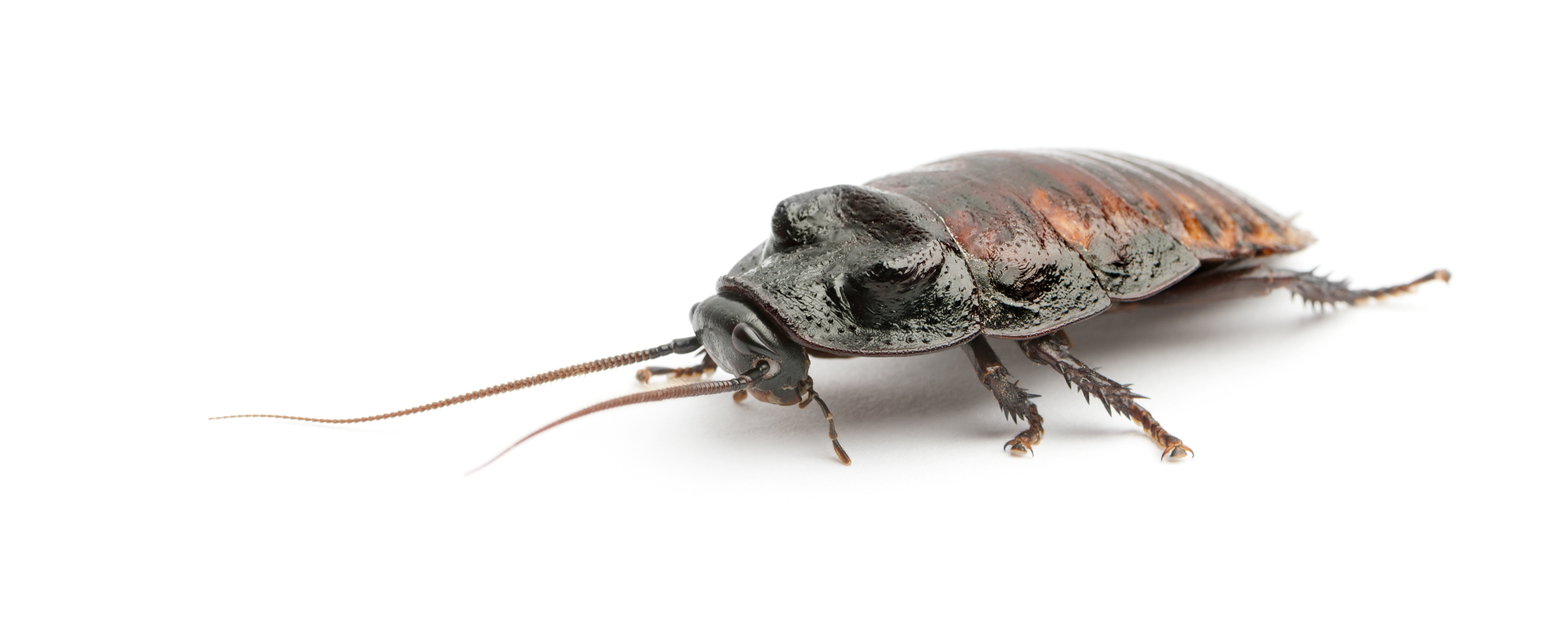
Often maligned as pests, cockroaches possess a suite of characteristics that could make them suitable for life on other planets. Their ability to thrive in diverse environments, resilience to radiation, and capacity for rapid reproduction position them as potential pioneers in extraterrestrial ecosystems. On planets with limited resources and harsh conditions, like Mercury or Venus, cockroaches could play a crucial role in establishing a stable biosphere, contributing to the decomposition and nutrient cycling processes necessary for sustaining life.
3. Extremophile Bacteria: Life's Pioneers
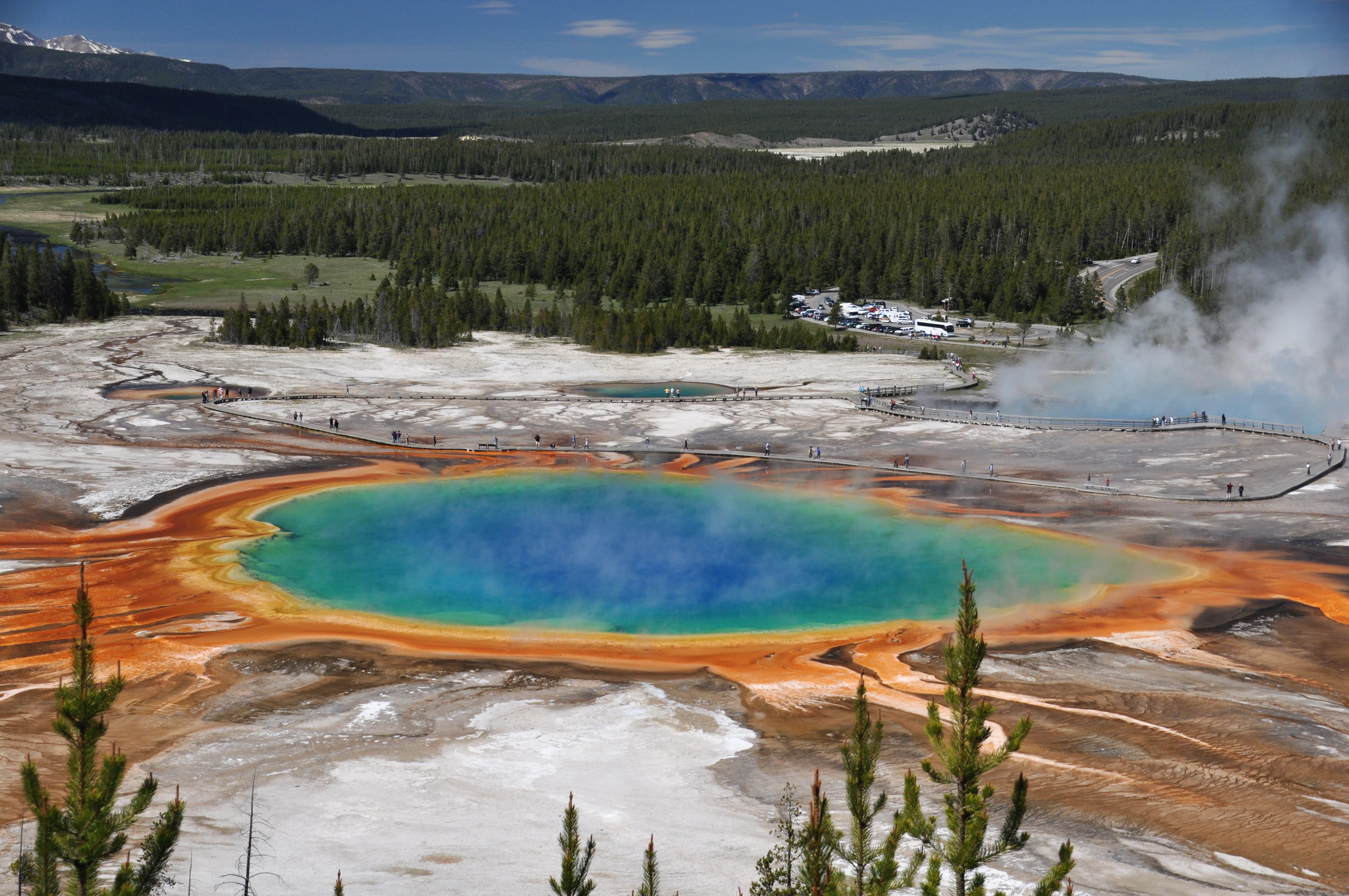
Extremophiles are microorganisms that thrive in conditions considered inhospitable for most life forms on Earth, such as extreme heat, acidity, or salinity. These bacteria could be instrumental in terraforming efforts, helping to alter the atmospheric and soil conditions of alien worlds to make them more habitable for other forms of life. For instance, sulfur-reducing bacteria could potentially survive on the acidic surface of Venus. At the same time, methanogens might thrive on the methane-rich atmosphere of Saturn's moon, Titan, contributing to developing a viable ecosystem.
4. The Versatile Octopus
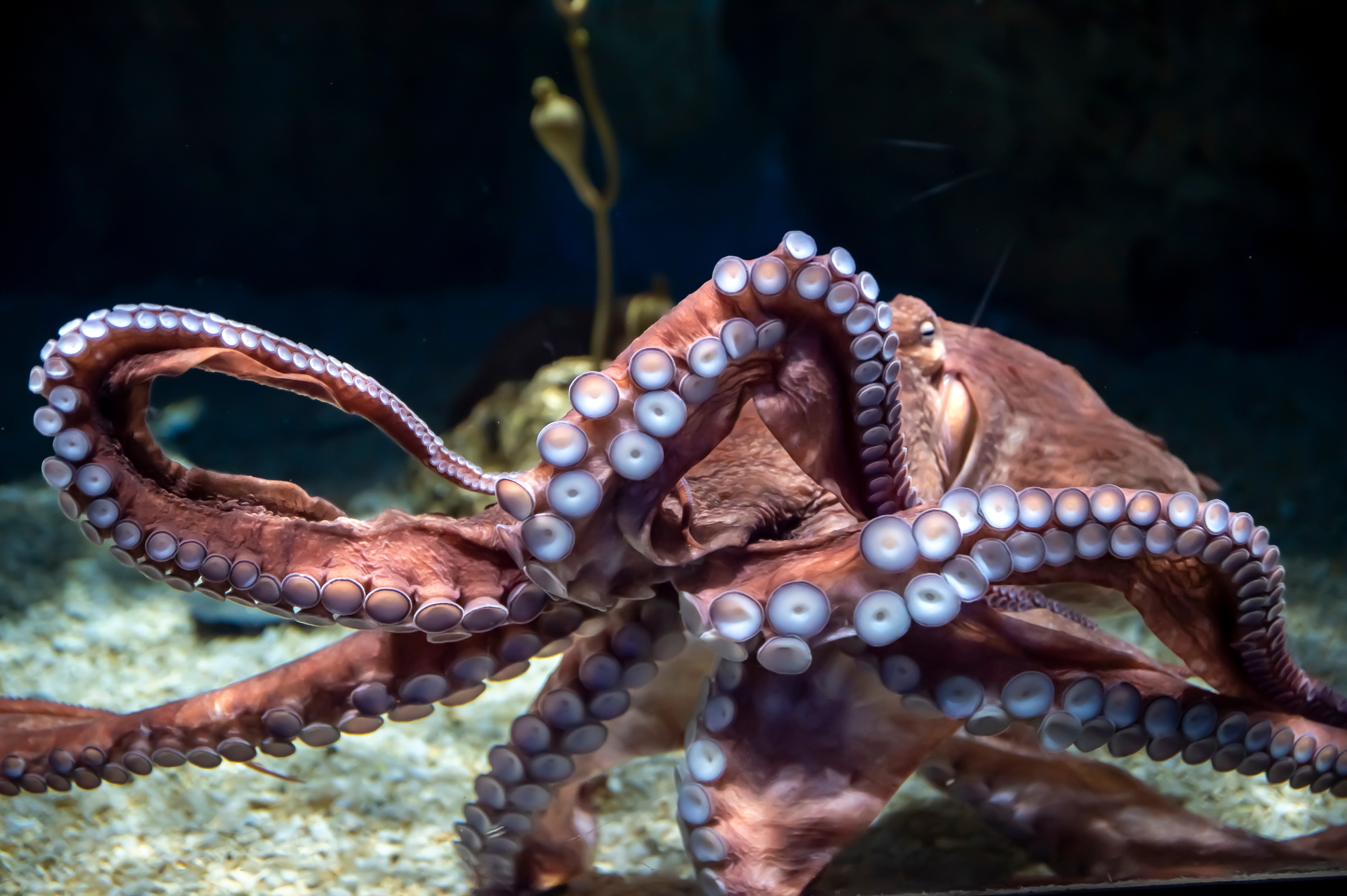
Octopuses are intelligent, adaptable creatures capable of solving complex problems and navigating diverse environments. Their ability to manipulate objects and camouflage themselves makes them intriguing candidates for survival in alien oceans, such as those hypothesized to exist beneath the icy crust of Jupiter's moon, Europa. The octopus's rapid adaptation and learning capacity could enable it to exploit new niches in these extraterrestrial aquatic ecosystems, providing valuable insights into the potential for intelligent life beyond Earth.
5. The Hardy Lichen
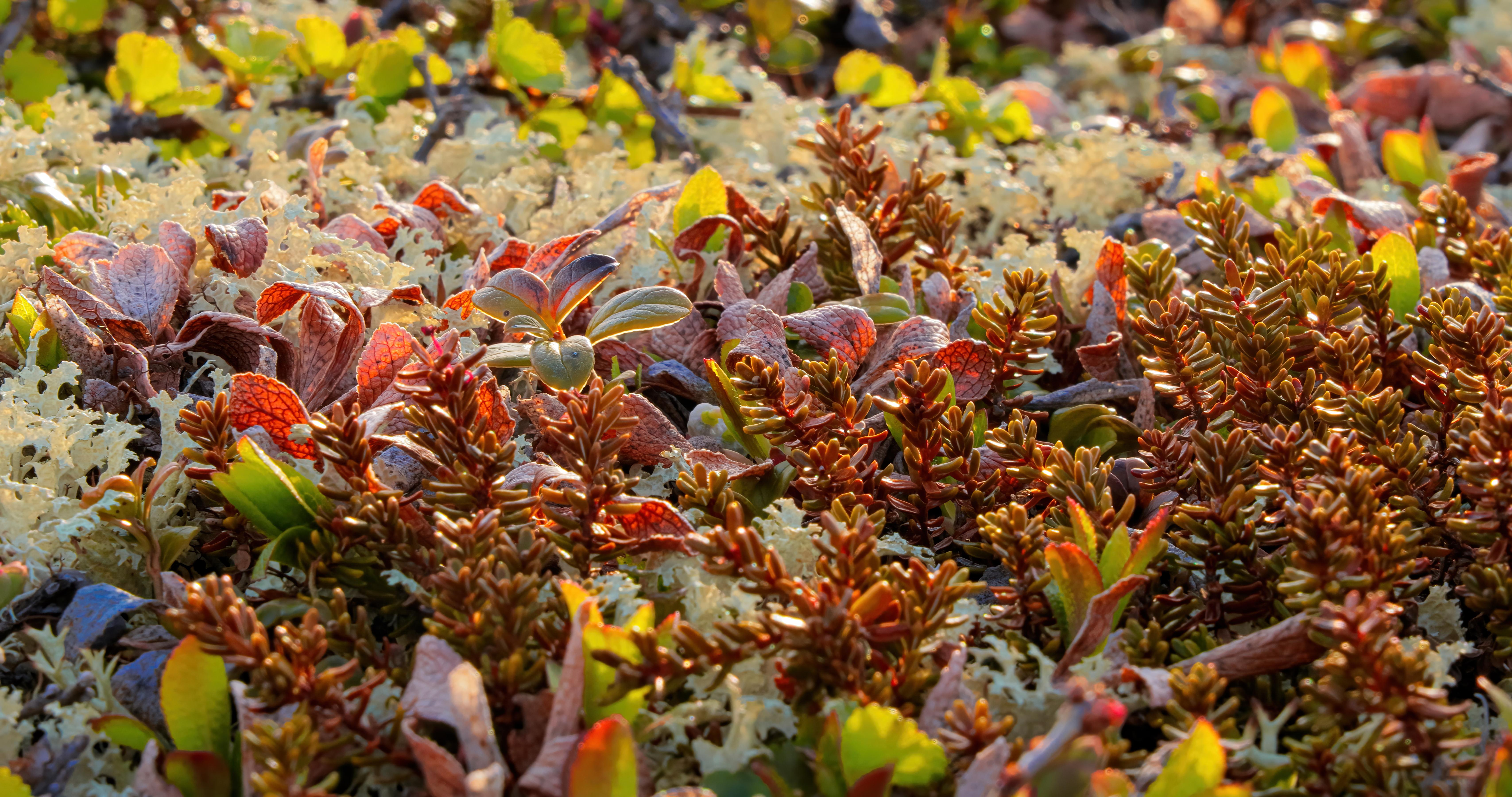
Lichens, symbiotic organisms composed of fungi and algae or cyanobacteria, are known for their ability to colonize extreme environments, such as arctic tundras and rocky deserts. Their capacity to photosynthesize in low-light conditions and withstand desiccation makes them ideal candidates for colonizing the surface of Mars or the moon. By contributing to soil formation and nutrient cycling, lichens could play a vital role in establishing the foundation for more complex ecosystems on these barren worlds.
6. The Adaptive Dung Beetle
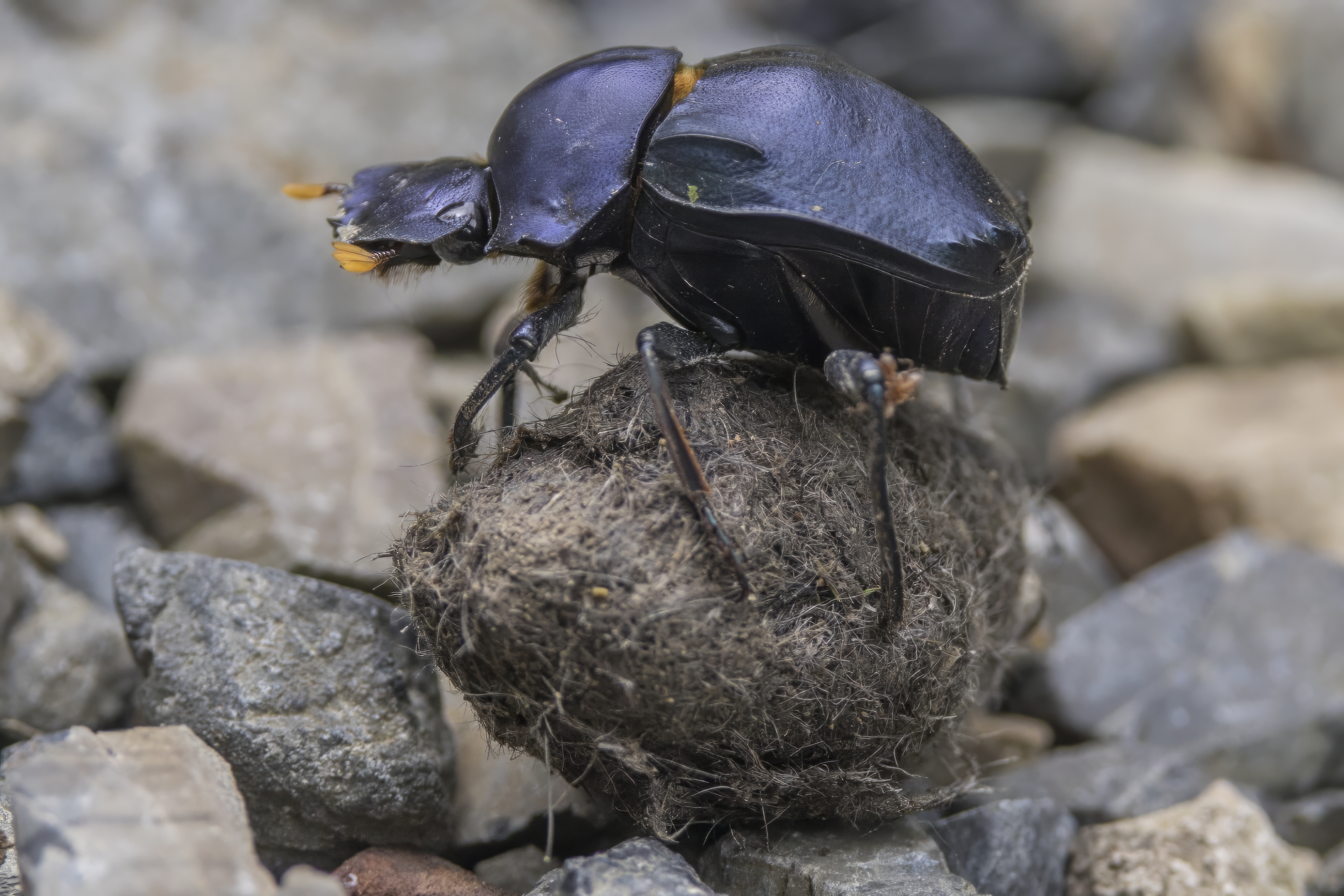
Dung beetles are renowned for their ecological role in recycling nutrients and improving soil quality. Their ability to thrive in diverse environments, from deserts to rainforests, suggests they could adapt to extraterrestrial landscapes with minimal organic matter. On planets like Mars, where the introduction of organic material is crucial for terraforming efforts, dung beetles could assist in breaking down waste products and enriching the soil, paving the way for plant colonization and the development of sustainable ecosystems.
7. The Resilient Antarctic Krill
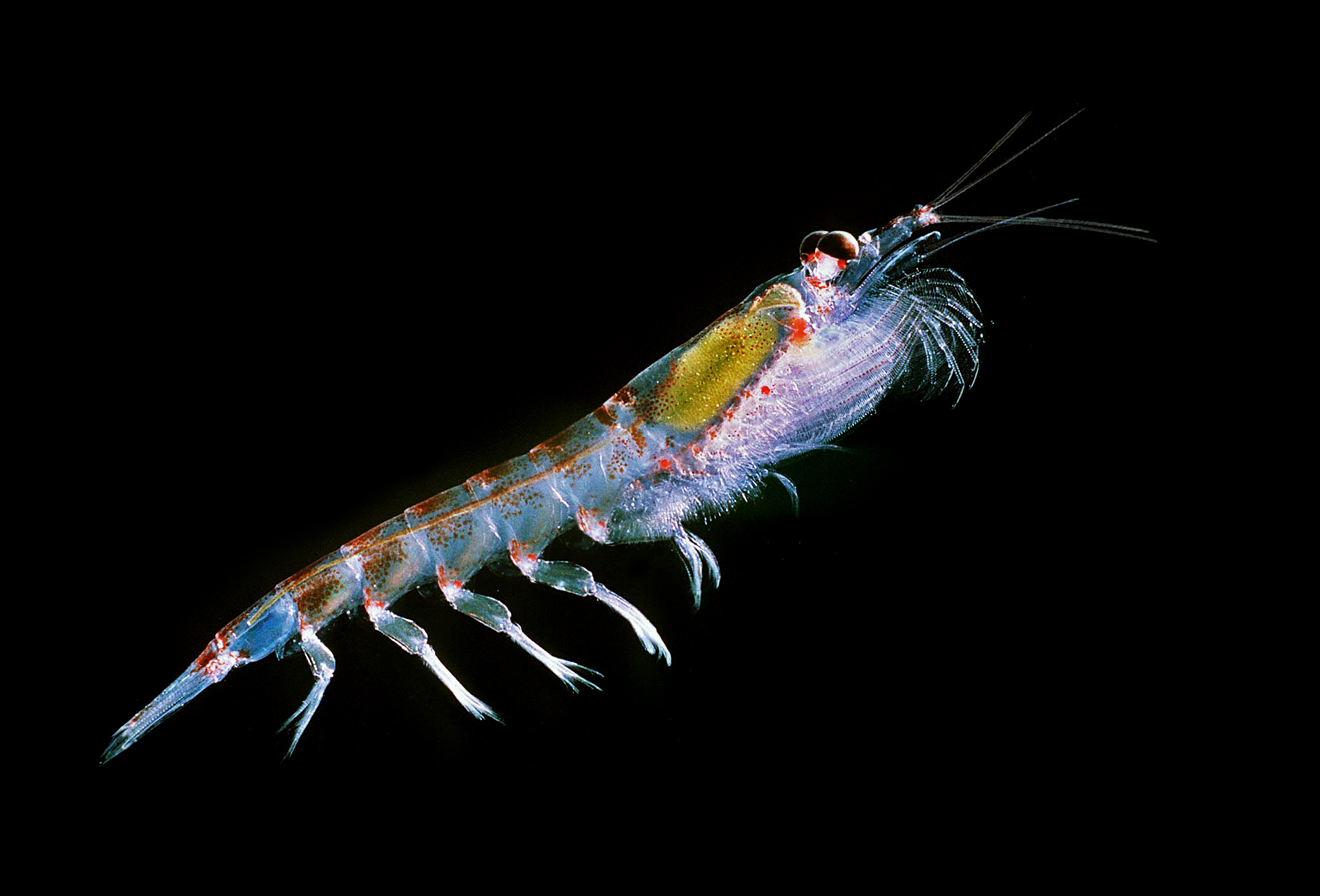
Antarctic krill are small crustaceans that play a critical role in Earth's marine ecosystems, serving as a primary food source for many species. Their ability to survive in the frigid waters of the Southern Ocean suggests they could adapt to the cold environments of icy moons, such as Europa or Enceladus. By forming the base of the food chain, krill could support the development of complex marine ecosystems on these moons, fostering biodiversity and enabling the study of life in extreme conditions.
8. The Hardy Algae
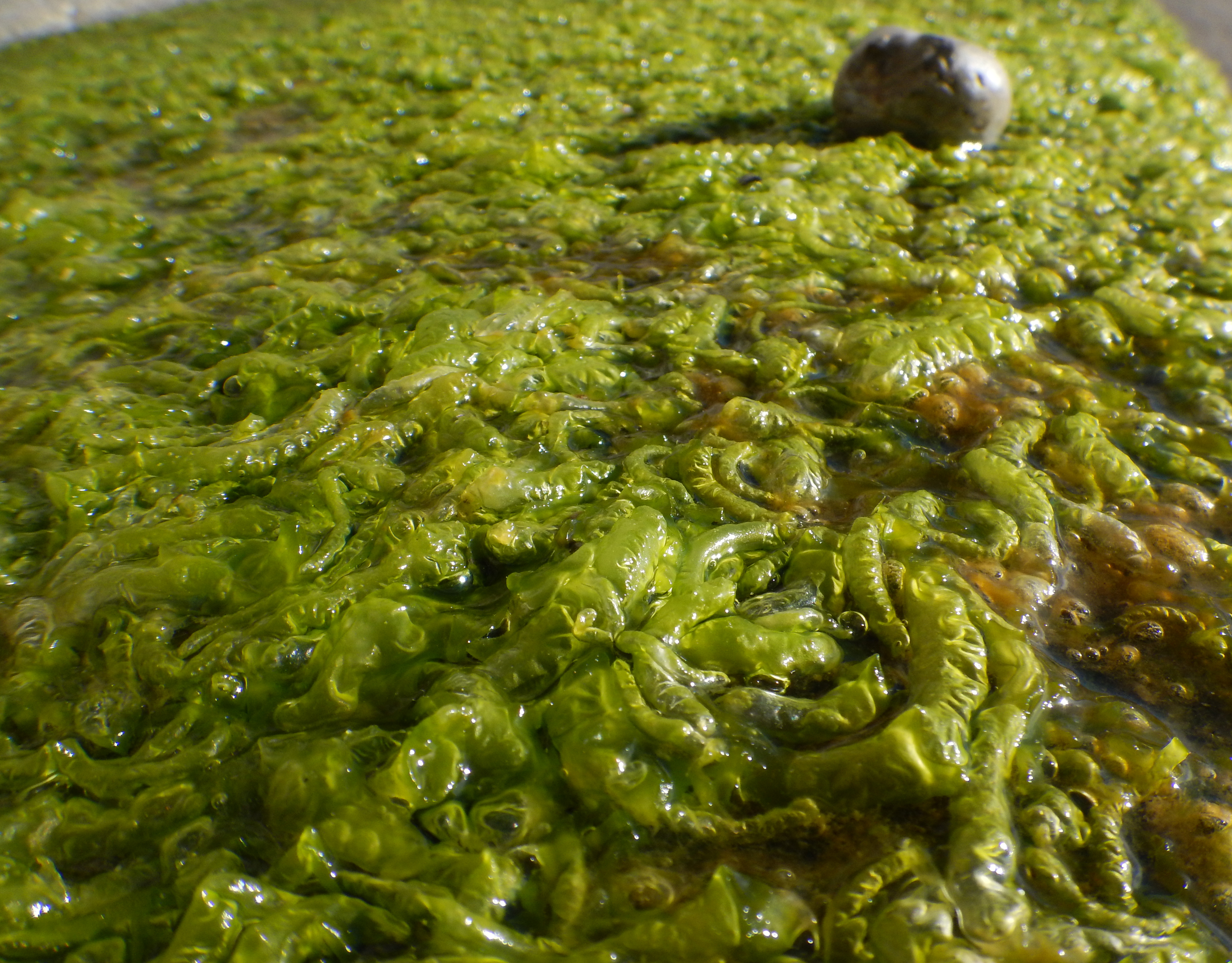
Algae are simple, photosynthetic organisms that can thrive in various environments, from freshwater lakes to saltwater oceans. Their ability to produce oxygen and fix carbon makes them essential for creating habitable atmospheres on other planets. On Mars, for example, algae could convert carbon dioxide into oxygen, contributing to the development of a breathable atmosphere and supporting the growth of other plant species, which in turn could sustain animal life.
9. The Adaptable Red Fox
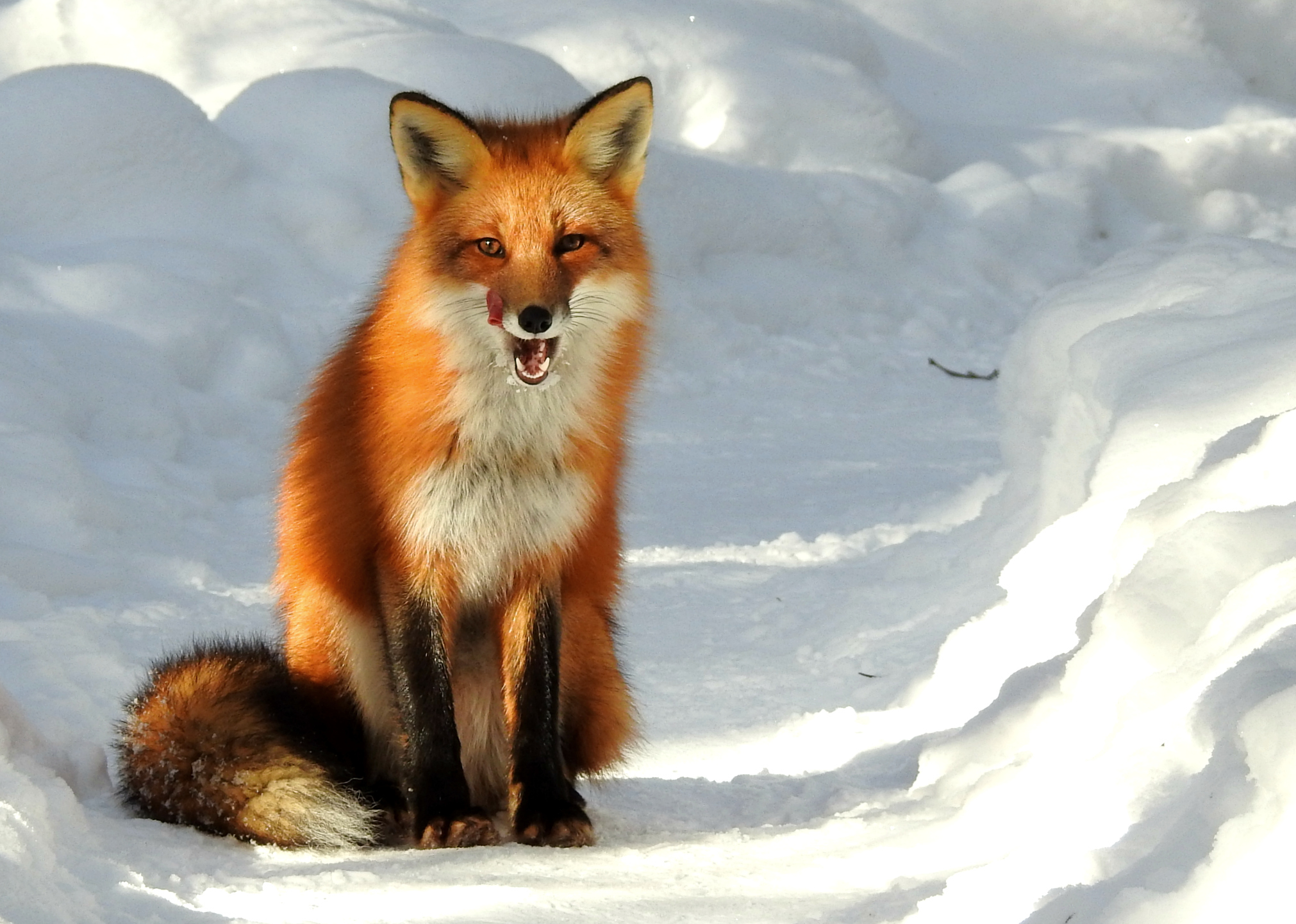
Red foxes are known for their adaptability and resourcefulness, thriving in urban and remote wilderness environments. Their omnivorous diet and ability to exploit various food sources make them potential candidates for survival on planets with limited resources. In extraterrestrial ecosystems, red foxes could serve as opportunistic predators and scavengers, helping maintain ecological balance and preventing prey species' overpopulation.
10. The Ingenious Honeybee
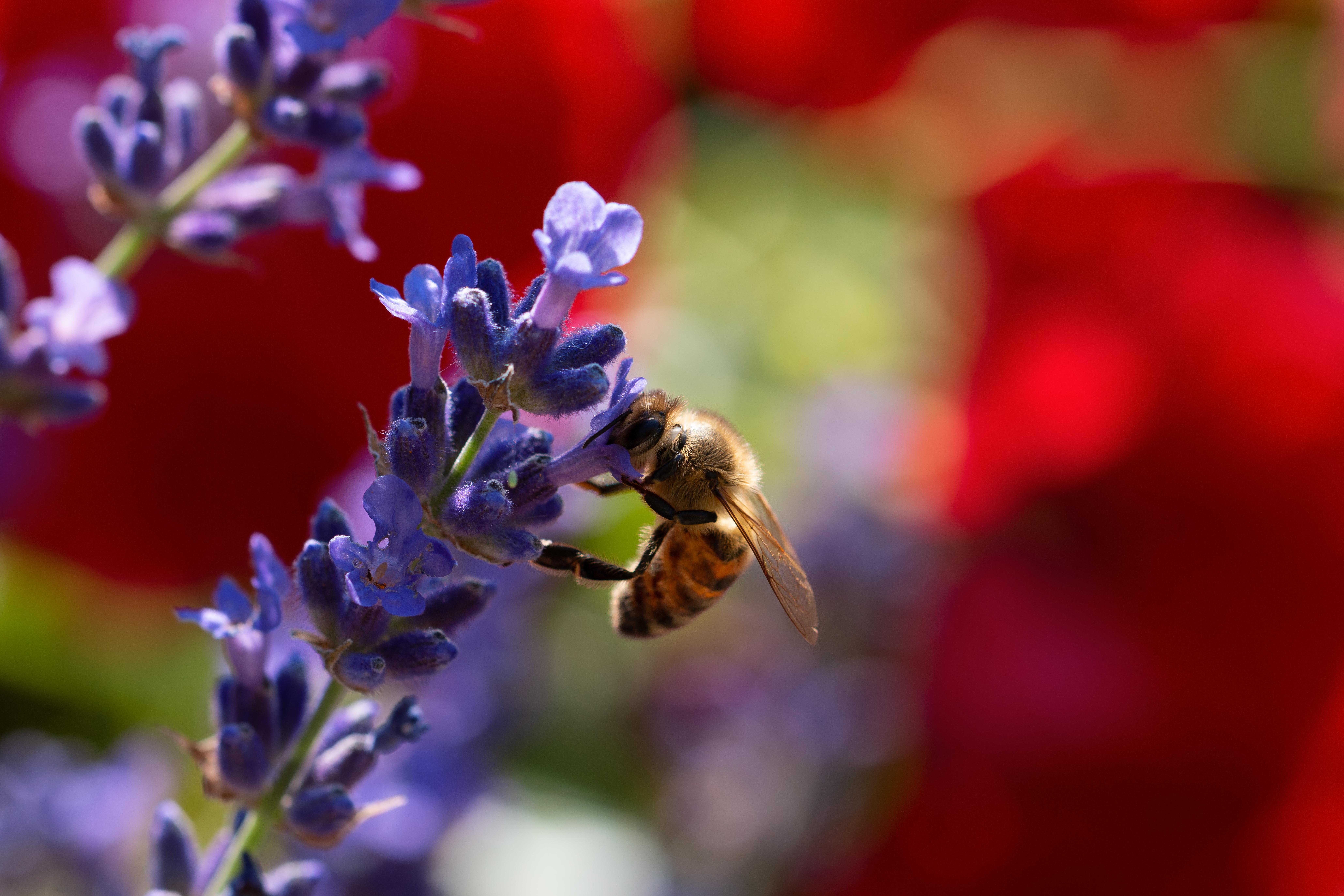
Honeybees are crucial in pollinating plants, supporting biodiversity and agricultural productivity. Their ability to communicate and navigate complex environments makes them valuable allies in establishing extraterrestrial agriculture. On planets with suitable conditions for plant growth, such as Mars, honeybees could facilitate the pollination of crops, contributing to the development of sustainable food systems and supporting human colonization efforts.
A New Frontier for Life
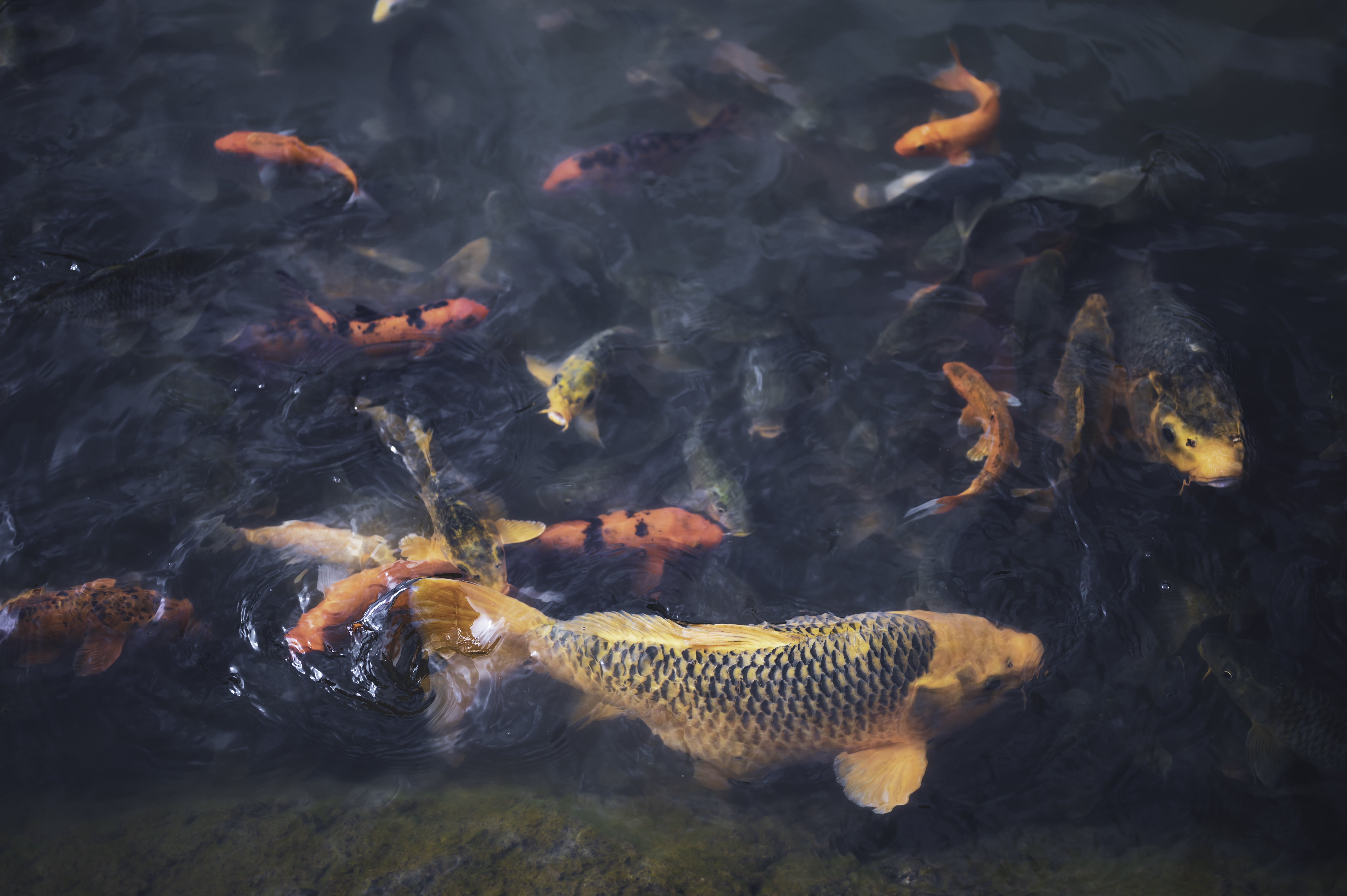
As we venture beyond Earth, the potential for life to thrive on other planets presents exciting possibilities for scientific discovery and exploration. The animals highlighted in this article, each with unique adaptations, offer valuable insights into the resilience and adaptability of life. By understanding how these creatures might survive and contribute to extraterrestrial ecosystems, we can better prepare for the challenges of colonizing new worlds. The cosmic menagerie awaits, promising to expand our understanding of life's potential in the universe and inspire future generations of explorers to reach for the stars.







